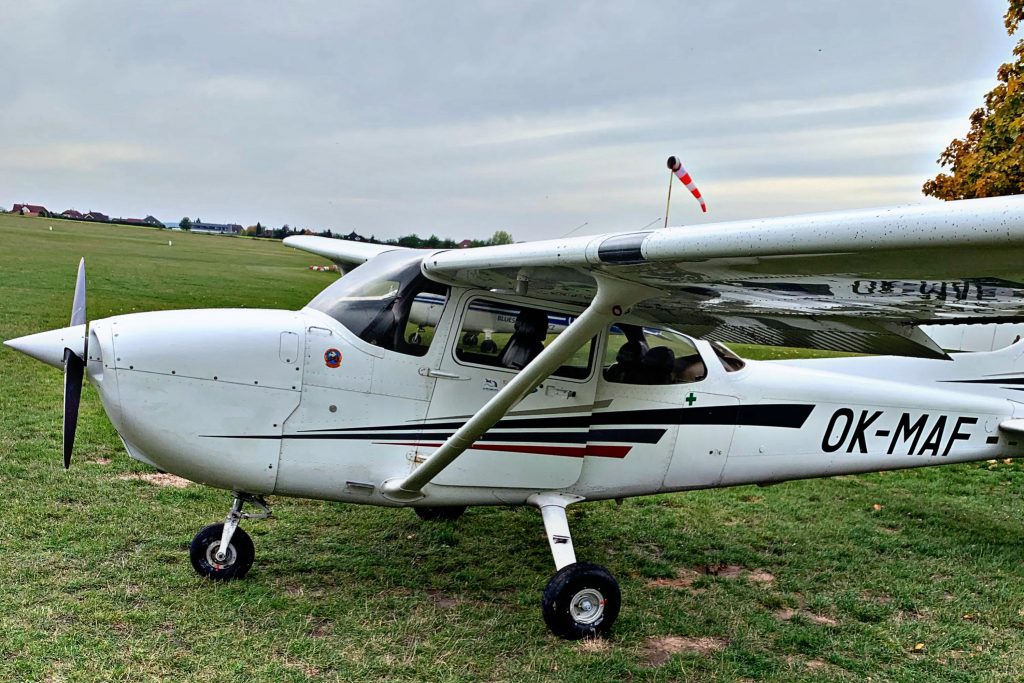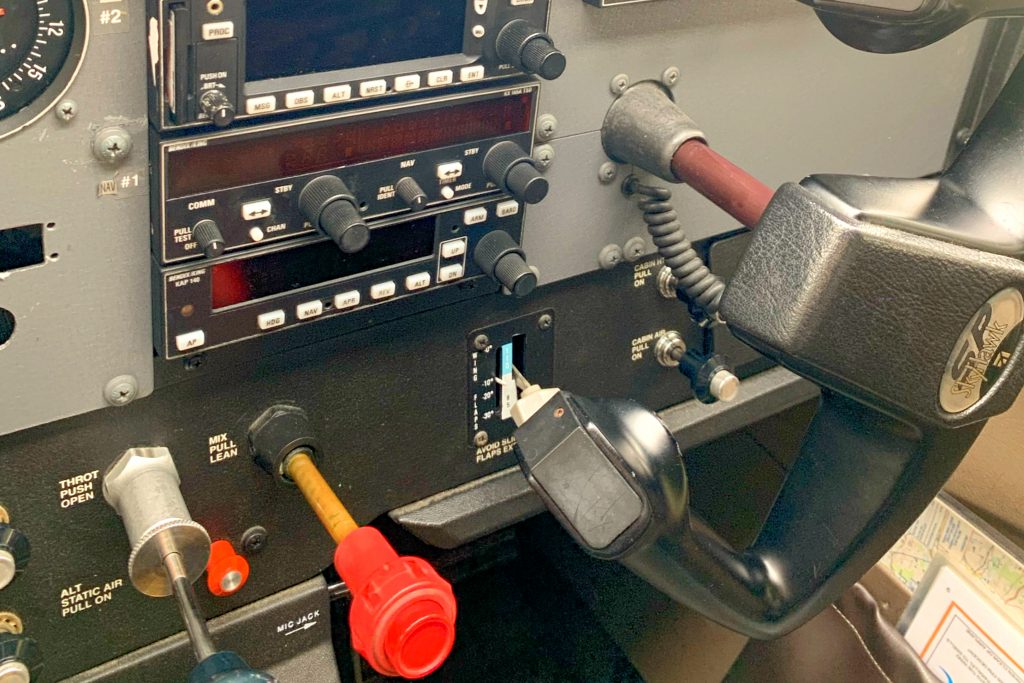The history of aviation is a tale of human ingenuity, daring, and relentless pursuit of the skies. Long before the Wright brothers’ first powered flight in 1903, humanity was captivated by the possibility of flight. Myths and legends, such as Icarus and his wax wings, illustrate our ancient fascination with taking to the skies. However, it wasn’t until the late 19th and early 20th centuries that real progress was made toward controlled, powered flight.
In the late 1800s, aviation pioneers like Otto Lilienthal and Samuel Langley made significant strides with their gliders and experimental aircraft. Lilienthal’s successful glider flights in Germany laid the groundwork for understanding aerodynamics and control. His meticulously recorded experiments influenced other aviation enthusiasts around the world. Meanwhile, Langley’s work on powered flight, though ultimately unsuccessful, contributed valuable insights and inspiration. His Aerodrome, despite its failures, highlighted the challenges of powered flight and the importance of robust engineering and design.
The most significant milestone in aviation history occurred on December 17, 1903, when Orville and Wilbur Wright achieved the first sustained, controlled, powered flight near Kitty Hawk, North Carolina. Their aircraft, the Wright Flyer, flew for 12 seconds and covered 120 feet. This momentous achievement marked the beginning of the modern aviation era. The Wright brothers’ methodical approach, including the use of a wind tunnel and rigorous testing, set a new standard for aviation research and development.

The early 20th century witnessed rapid advancements in aviation technology. World War I played a pivotal role in accelerating aircraft development, as nations recognized the strategic importance of air superiority. This period saw the emergence of many legendary aviators, such as Charles Lindbergh, whose solo transatlantic flight in 1927 captured the world’s imagination. By the 1920s and 1930s, commercial aviation began to take shape, with airlines like Pan American World Airways and Imperial Airways offering regular passenger services. Aircraft design improved significantly during this period, with the introduction of all-metal airframes and more reliable engines.
World War II further spurred innovation in aviation, leading to the development of faster, more efficient aircraft. The post-war era saw the advent of jet engines, which revolutionized air travel. The Boeing 707, introduced in the late 1950s, became the first commercially successful jet airliner, making international travel faster and more accessible than ever before. This era also saw the establishment of major international airlines and the expansion of global air travel networks. Airports became larger and more sophisticated, capable of handling increased passenger volumes and larger aircraft.

Today, aviation is an integral part of global transportation. Advances in technology have made air travel safer, more efficient, and more comfortable. The introduction of wide-body jets, such as the Boeing 747 and the Airbus A380, has increased passenger capacity, while innovations in avionics and materials science have improved aircraft performance and sustainability. The aviation industry has also embraced digital technology, with modern aircraft featuring advanced navigation systems, in-flight entertainment, and enhanced safety features. Furthermore, the globalization of air travel has connected remote parts of the world, facilitating international trade and cultural exchange.
As we look to the future, several trends are poised to shape the aviation industry:
Sustainable Aviation: With increasing awareness of climate change, the aviation industry is focusing on sustainability. This includes the development of more fuel-efficient aircraft, the use of sustainable aviation fuels (SAFs), and the exploration of electric and hybrid-electric propulsion systems. Companies like Airbus and Boeing are investing in research to create aircraft that produce fewer emissions, while governments and regulatory bodies are setting ambitious targets for reducing the industry's carbon footprint.
Urban Air Mobility: The concept of urban air mobility (UAM) is gaining traction, with companies like Uber Elevate and Joby Aviation working on electric vertical takeoff and landing (eVTOL) aircraft. These air taxis aim to alleviate urban congestion and provide quick, on-demand transportation within cities. The development of UAM infrastructure, such as vertiports and air traffic management systems, will be crucial for the success of this new mode of transport.
Autonomous Flight: Advances in artificial intelligence and automation are paving the way for autonomous aircraft. While fully autonomous commercial flights may still be years away, advancements in autopilot systems and remote-controlled drones are already enhancing aviation operations. Autonomous cargo flights, for instance, are likely to become more common, improving logistics and supply chain efficiency.
Supersonic Travel: The dream of supersonic passenger travel, which faded with the retirement of Concorde, is being revived. Companies like Boom Supersonic are developing new supersonic jets that promise to cut transcontinental travel times in half, potentially making supersonic travel a reality once again. These new aircraft are designed to be quieter and more efficient than their predecessors, addressing some of the environmental and noise concerns associated with supersonic flight.
The history of aviation is a testament to human innovation and the desire to transcend boundaries. From the Wright brothers’ first flight to the cutting-edge developments of today, aviation has transformed the way we live, work, and connect with the world. As technology continues to advance, the future of aviation promises even more exciting possibilities, making it a cornerstone of modern transportation for generations to come.
The continuous drive for improvement and innovation ensures that aviation will remain a dynamic and vital part of our global society. The rise of sustainable aviation practices, urban air mobility, and the potential for autonomous and supersonic travel will not only make air travel more efficient and environmentally friendly but also open up new opportunities for connectivity and economic growth. As we move forward, the collaboration between industry leaders, governments, and technological innovators will be crucial in addressing the challenges and harnessing the potential of these emerging trends. The future of aviation is bright, and its journey from the dreams of early pioneers to the high-tech realities of today serves as an inspiration for what humanity can achieve.














